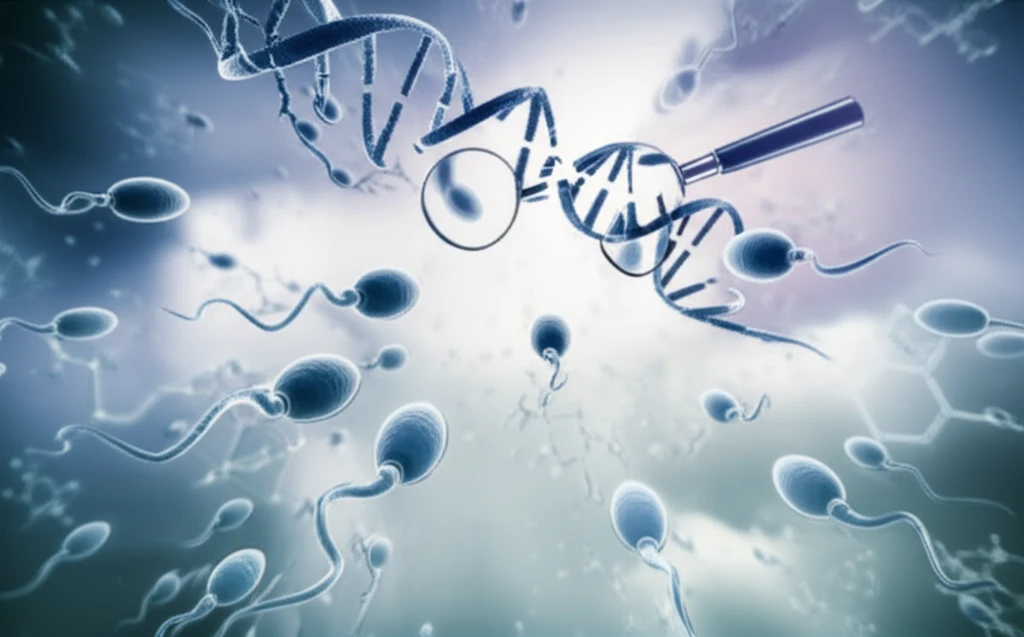
Sperm DNA Damage: Are Everyday Chemicals a Threat?
"A new study investigates the genotoxic effects of PFAS – chemicals found in common household products – on human sperm, raising concerns about male reproductive health."
In today's world, we're constantly surrounded by synthetic chemicals. Among these, per- and polyfluoroalkyl substances (PFAS) are a large group of man-made chemicals used extensively in industries and consumer products due to their unique properties. Think non-stick cookware, stain-resistant fabrics, and firefighting foam – PFAS are often present.
The problem? PFAS don't easily break down in the environment and can accumulate in humans. With increasing detection of PFAS in our bodies and the environment, concerns are rising about potential health effects. Some research suggests that PFAS exposure could negatively impact the male reproductive system.
But what about the potential for these chemicals to directly damage sperm DNA? That's the question a recent study aimed to answer, investigating whether exposure to certain common PFAS compounds could lead to genotoxic effects on human sperm cells.
Decoding the Science: How PFAS Affect Sperm DNA

Researchers Esra Emerce and Özge Çetin from Gazi University in Turkey, explored the impact of four major PFAS compounds – PFOS, PFOA, PFNA, and PFHxA – on human sperm cells. These compounds were chosen due to their widespread use, persistence in the environment, and tendency to accumulate in the human body.
- Sperm cells were exposed to varying concentrations (0.1-1 mM) of each PFAS compound.
- The exposure took place at 32°C for one hour, optimizing cell survival.
- The comet assay was then performed to evaluate DNA damage in the exposed sperm cells.
The Bigger Picture: What This Means for You
While this particular study found no direct DNA damage from the tested PFAS compounds, it's important to view these findings in context. The researchers emphasize that indirect toxicity mechanisms should still be considered when evaluating the link between PFAS exposure and male reproductive health issues.
Think of it this way: PFAS might affect sperm in ways other than direct DNA damage. They could interfere with hormone function, disrupt cell signaling, or impact the environment in which sperm develop. These indirect effects could still contribute to male infertility or other reproductive problems.
The study highlights the complexity of environmental toxins and their impact on human health. While more research is needed to fully understand the long-term effects of PFAS exposure, this study provides valuable insights into the potential risks and encourages a continued focus on protecting reproductive health from environmental factors.
